The OnePlus 2 Review
by Brandon Chester on December 14, 2015 8:00 AM EST- Posted in
- Smartphones
- Mobile
- OnePlus
- OnePlus 2
Software: Oxygen OS
The OnePlus 2 ships with OnePlus's skin on Android. It's officially advertised as Oxygen OS, although I don't understand why it's branded like it's a separate operating system when it's actually one of the least intrusive Android skins that you'll see. Many of the additions center on customization, while the interface in general is pretty much unchanged apart from some tweaks to icons and the launcher.
During the setup you'll see that there are some additional screens that have been added which relate to setting up the fingerprint scanner and some additional inclusions like the option to use SwiftKey instead of the standard Google keyboard. On the topic of the fingerprint scanner, it seems to work fine. I find that it's not as quick as the latest Touch ID or Nexus Imprint, but it usually scans my finger correctly and you just have to touch the capacitive home button to wake up and unlock the phone. The set up process could use some work though. You need to touch your finger to the home button a great number of times, and there's no hints letting you know whether you're doing it correctly and if you're covering all the required parts of your fingerprint. I had to go through the process again and ensure that I scanned all the edges of my print, as initially I was having some issues with recognizing one side of my thumb.
Once you get into the core OS, you find something that's fairly reminiscent of Google's version of Android. OnePlus has obviously made some small visual tweaks and changed around some icons, but it's much more similar to a Motorola or a Nexus phone than a Samsung or LG phone. There are some tweaks that I simply don't understand though. For example, when swiping down the notification drawer from the right side of the display it will automatically go straight to the quick toggles. This is honestly just a hassle when you want to check your notifications. Swiping from the left side doesn't trigger this behavior, but the phone is so big that you will never find yourself swiping down from that position. This is the sort of thing that should really just be left alone, as it's altering behavior that is consistent and well defined on most other devices. Some may argue that this isn't an issue because OnePlus allows you to swipe down anywhere on the home screens to open the notification drawer, but that doesn't fix the issue when you're in the app drawer or inside of an application.
There are some nice additions that OnePlus has made to the OS. For example, you can make some changes to the icons in the quick toggle drawer, and you can enable or disable gestures like double tap to wake, or draw a V to toggle a flashlight. You can also choose to use software keys instead of the capacitive hardware buttons, which I personally wouldn't do but there's nothing wrong with having the option. An interesting addition is the ability to swap the order of the recent apps and back buttons, which is likely why OnePlus decided to not put any specific icons on those keys. That feature has actually really useful for me, as for some reason whenever I use capacitive buttons I immediately default to using them in that manner because that's how they're laid out on Samsung phones. There are additional customizations such as the behavior when long pressing the capacitive keys, but I haven't messed around with them very much.
A feature that's currently in beta which I've found to be quite interesting is OnePlus's Shelf feature. This is essentially a screen that takes the spot where Google Now would usually be, and it's a customizable area where you can pin widgets that you access frequently, along with some custom panes like frequent apps and frequent contacts. I actually don't use Google Now on my core Google account for privacy reasons, so I thought that this feature was kind of interesting. If you are a Google Now user I don't think it's as useful overall, and there's unfortunately no way to put Google Now there instead which is a shame. The feature is technically in beta so I don't want to be too critical of it, but one thing that continues to stand out is the seemingly hardcoded message at the top which wishes you a good morning, even when it's 11pm at night. I have had it show good evening once, but it was actually 8am at the time. I assume that's something that'll be worked out in a future update.
As for UI performance, I don't have much praise. What shocked me is that right out of the box I noticed that the OnePlus 2 felt really sluggish. Swipes weren't as responsive as many devices I've used recently, apps hesitated before opening, and there were noticeable frame drops. I remember remarking to Josh that the phone reminded me a lot of the Moto E and Moto G, in that it tends to feel like there's a longer touch delay and more load times than what we've come to expect from high end smartphones. After realizing that the phone is so hesitant to use its Cortex A57 cores, it's no longer a surprise that it feels like a Moto G, because both phones are doing almost everything on a quad core Cortex A53 cluster, with the OnePlus 2 just being 150MHz faster.
I admittedly never had much time with the OnePlus One to compare with CM11S, but as far as $400 devices go the OnePlus 2 doesn't offer acceptable performance even for basic UI navigation and web browsing. This is really the deal breaker for me. A phone like the Moto G offers similar UI and app performance for half the price, and at $400 you could go get a Nexus 5X or find a deal on a phone like the LG G4 or Galaxy S6, all of which offer far more responsive interfaces and just all around better performance. While these issues are due to the CPU management rather than the result of OnePlus's Android skin, they certainly impact how users will perceive the performance of the phone's software, and subsequently the performance of the device as a whole.


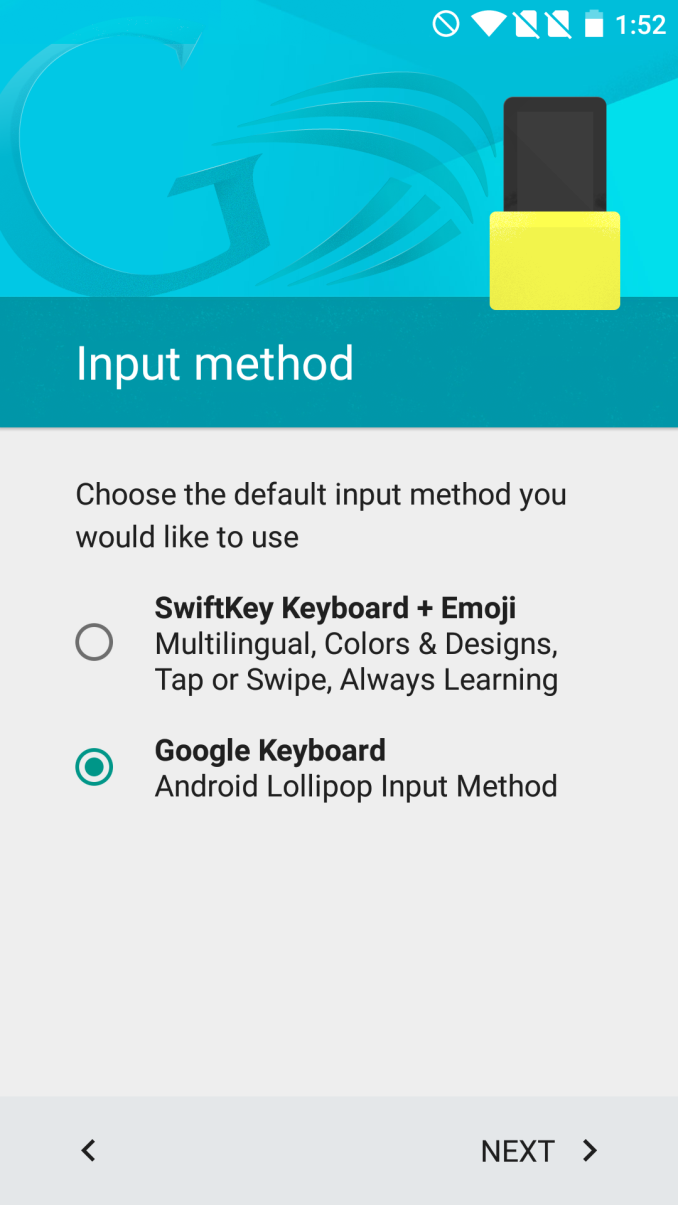
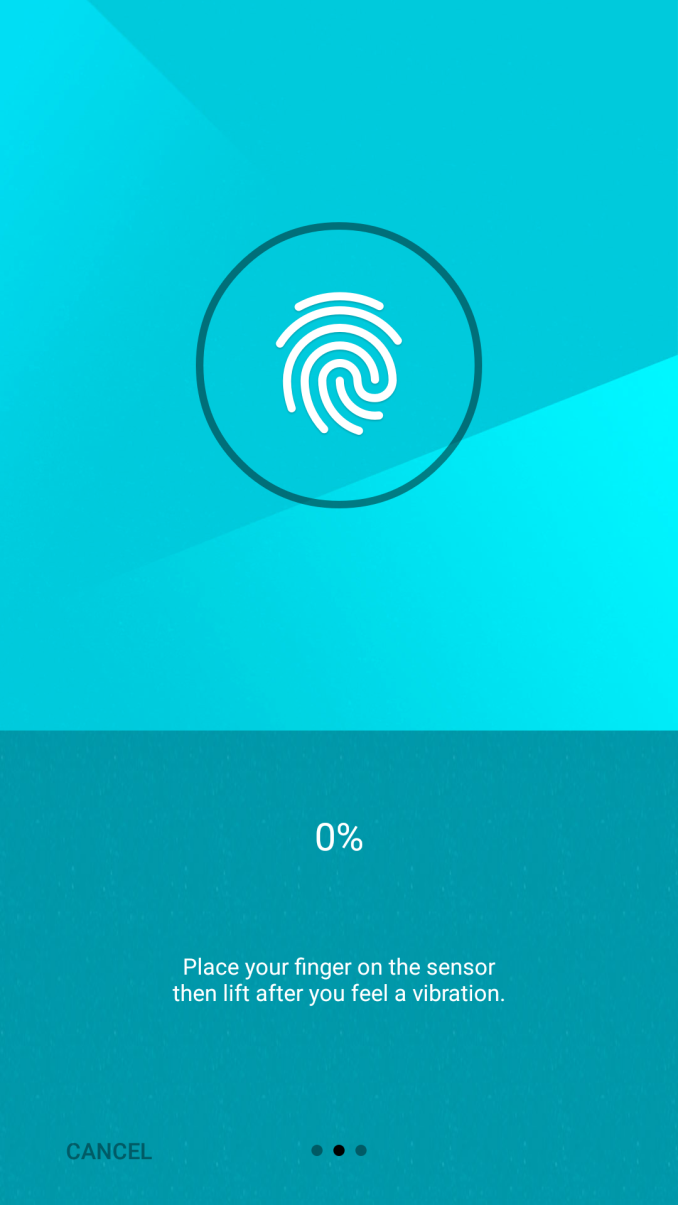

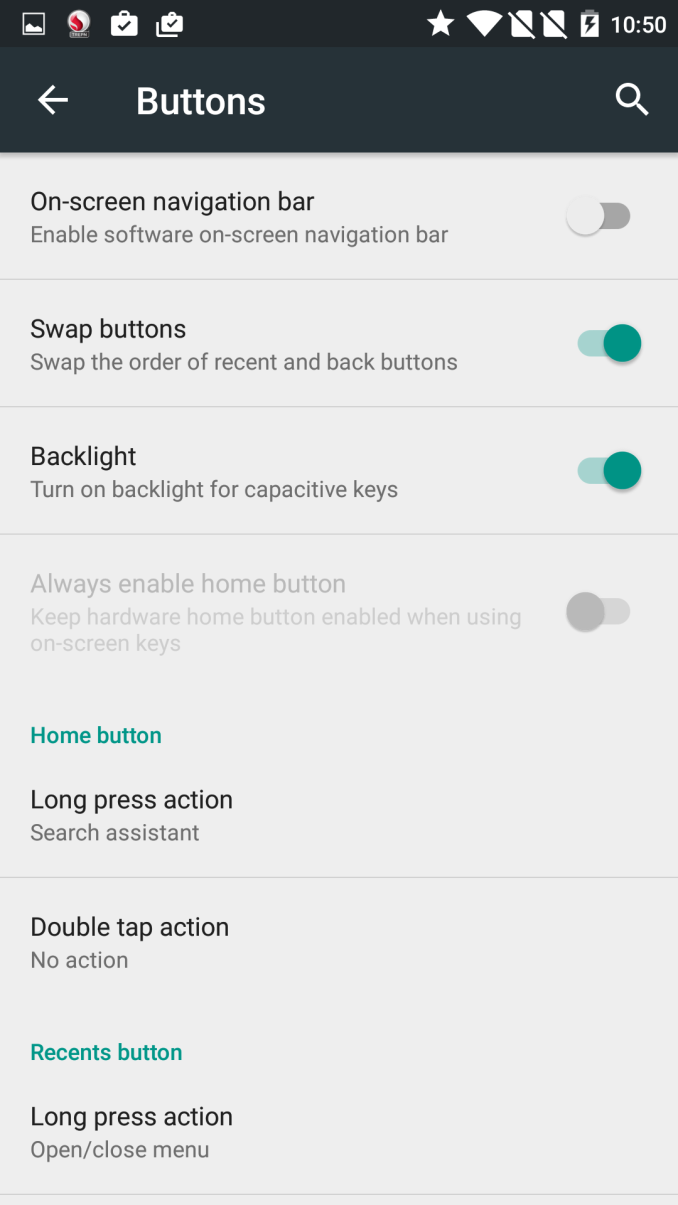
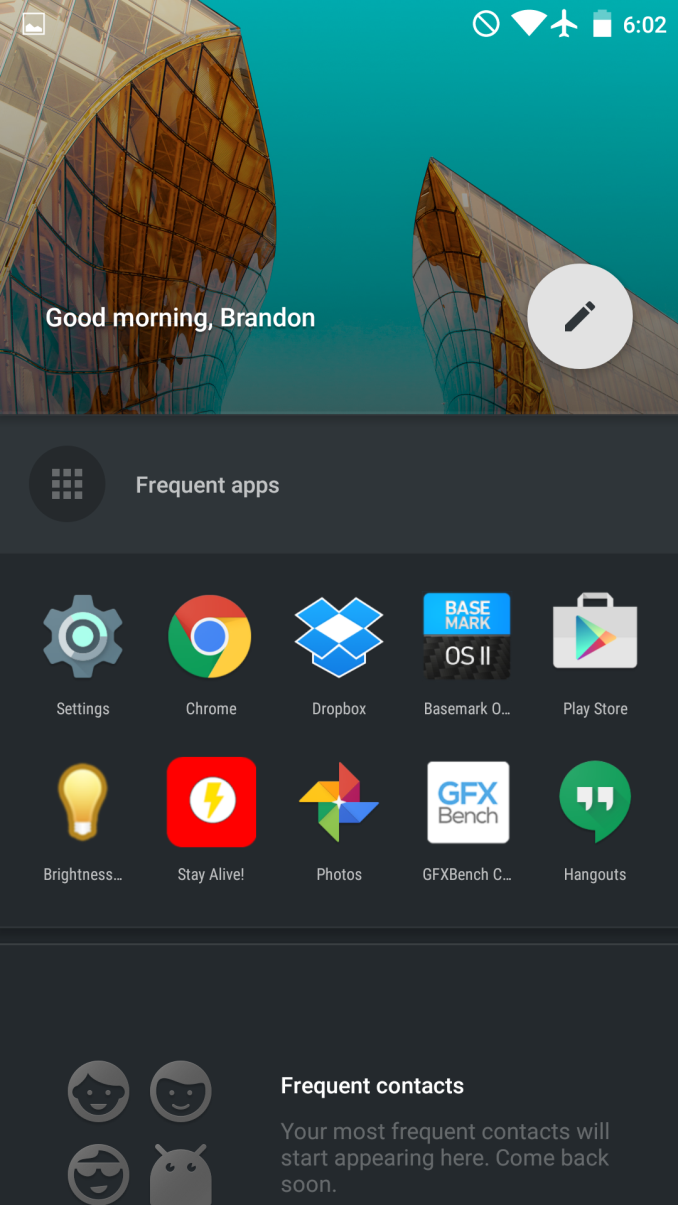
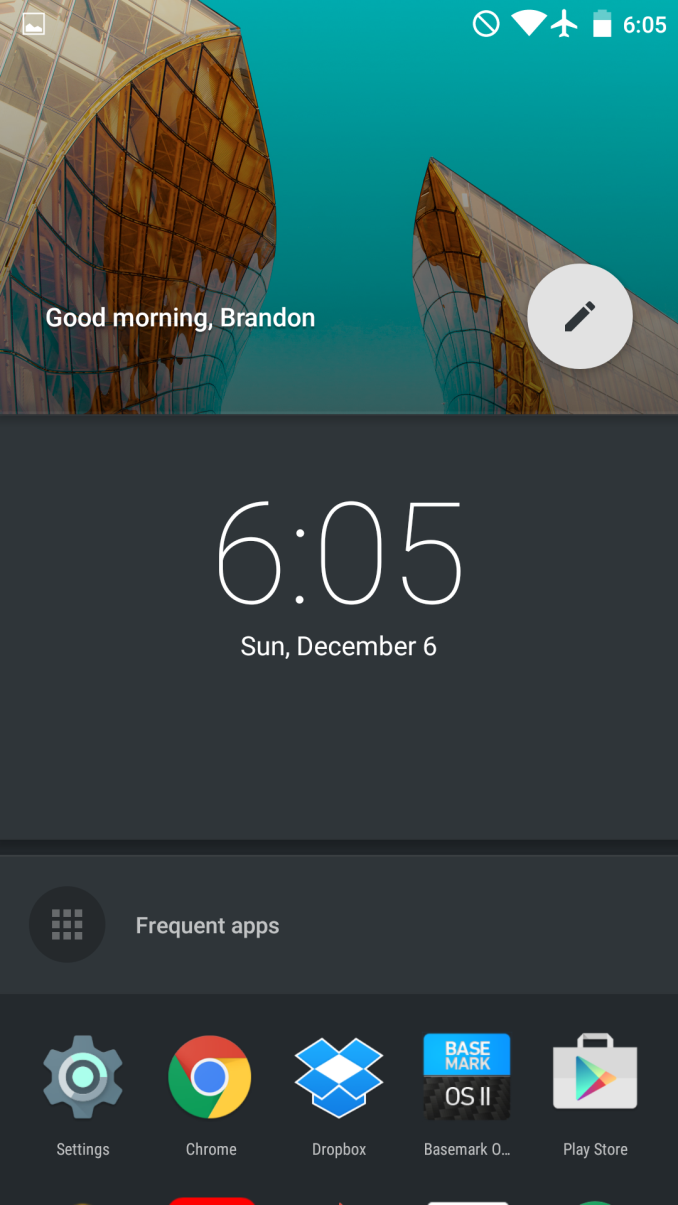








132 Comments
View All Comments
LiverpoolFC5903 - Tuesday, December 15, 2015 - link
Sorry for sounding thick! So basically even though ALL the cores are operating synchronously, indvidual cores in a cluster can be into different power states and/or shut off altogether?How does this compare with something like a Snapdragon 801 where all 4 cores run at different frequencies depending on the workload?
phoenix_rizzen - Tuesday, December 15, 2015 - link
The cores in the S810 work the same way as in the S801.There's 3 ways that ARM's big.LITTLE setup works:
1. Cluster migration: either the A57 cluster is active, or the A53 cluster is active. The OS only ever sees 1 cluster of cores (so an S810 would appear as a 4-core SoC). This is done in hardware on the SoC itself.
2. Core migration: each A57 core is paired with an A53 core. Either the A57 or the A53 is active in each pair, never both at the same time. But an A57 from pair 1 can be active while an A53 from pair 2 is active, while the other two pairs are offline, for example. The OS only ever sees 1 cluster's worth of CPUs (so the S810 would appear as a quad-core). I believe this is done in hardware on the SoC itself.
3. Forget the name of this one, but all cores in all clusters are available for scheduling, and it's up to the OS to manage everything. 1 core can be online, 2 cores can be online, all the way up to all 8 cores can be online. And the kernel scheduler determines whether a process runs on an A53 core or an A57 core.
The first big.LITTLE SoCs from Samsung (the Exynos 54xx-something) used method 1. The latest big.LITTLE SoCs from everyone (Exynos 7xxx, Snapdragon 810/808, MediaTek Helios, etc) uses method 3.
LiverpoolFC5903 - Wednesday, December 16, 2015 - link
Thanks mate, but as Andrei pointed out, my question was a different one. But useful information all the same.Andrei Frumusanu - Tuesday, December 15, 2015 - link
Please ignore phoenix's comment, he seems to have misunderstood the question at hand.The Snapdragon 801 behaves as you say, they each have individual frequencies, meaning they're all on their own clock domain. Also each core has their own power domain, meaning each core can be individually turned off.
The difference again is that ARM CPUs such as the A57 in the S810 have all the same clock domain. However even if they all have the same clock they can still be individually powered off as the power domains are individual as well.
As to how it compares, it has both benefits and disadvantages. But there seems to be no clear winner.
LiverpoolFC5903 - Wednesday, December 16, 2015 - link
Thank you Andrei, its pretty clear to me now! Synchronous cores (A57, standard ARM cores) have the same clock domain which means cluster frequency remains the same. However, individual cores within each cluster can be powered off based on need and workloads.And Krait based quadcores have different clock domains for each core as well as different power domains.
Understood.
WoodyPWX - Tuesday, December 15, 2015 - link
Nice and honest review as always, thank you! A Lumia 950xl review would be awesome.victorson - Tuesday, December 15, 2015 - link
I love Anand and the insight in the reviews, but sometimes you guys throw something that even the more experienced reader will find hard to understand. "As always, all devices are calibrated to 200nits except when their brightness curves necessitate testing above that value." Could you kindly elaborate on what is that supposed to mean to those of us who are interested in display quality, but don't have a PhD on the matter? :)Ryan Smith - Tuesday, December 15, 2015 - link
As close to 200nits as we can get. If we can't hit 200 exactly, then it's the first value over that which we can hit.kasakka - Tuesday, December 15, 2015 - link
The sandstone black back cover is one of the best things about Oneplus phones. It really helps keeping a big phone like that firmly in your hands. By comparison the Oneplus X or iPhone 6S really needs a cover because they are very slippery.Where Oneplus went wrong with the Two was the Snapdragon 810 and that it's not that much of an upgrade from the One. As a One owner, the only things I'd like from it are LTE band 20, better speaker and vibration motor and the fingerprint reader which is positioned very poorly. On phones this size they should be in the back like on the Nexus phones because reaching down to that bottom area when using with one hand is quite annoying. I use the onscreen buttons on my One because of the same reason.
I really hope they manage a better design with the inevitable Oneplus Three. I like that they haven't jumped on the 1440p bandwagon because that doesn't really give any benefit in phones at this screen size. Just more pixels to push.
lid - Tuesday, December 15, 2015 - link
Thank you for providing LTE band information! It has always been a deciding factor for me, since I travel constantly. This phone doesn't seem great for anyone who frequently visits the EU from the US (since the US version is missing LTE band 3), or vice versa (since the EU version is missing LTE bands 2/4).